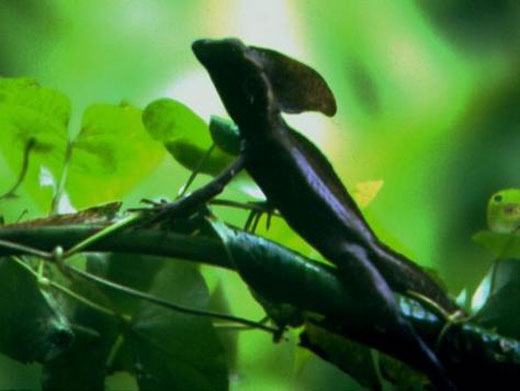Kangaroo Rat
Kangaroo Rat is general name given to a group of about 22 species of small North American rodents. There are several differences in the many species of this rodent, however they all prefer arid to semi-arid habitat. They will live in any dry region of Mexico, Canada or the U.S. as long as it retains some amount of grass or other vegetation. Another trait that they all share is that the name comes from the fact that they are all bi-pedal, hopping around on just the back feet like little kangaroos.

Dipodomys - the kangaroo rat
Kangaroo rats are usually a light to medium brown with cream colored undersides and throat. It is not unusual to find a bit of white banding across the leg area, the colors may vary somewhat in the different species. The tail is somewhat darker than the body with lighter colored sides and a tuft of longer hair at the end much like a gerbil. Kangaroo rats, like many rodents have cheek pouches that run from the beginning of the mouth all the way back to the shoulder which they use to store food and return it to their burrow which is up to 3 inches in diameter and goes into the ground diagonally. at the end of the burrow there will usually be several chambers used for storage and nesting.
These pouches are also used in the transportation of nesting materials. When emptying the pouches, they will actually turn them inside out much as you would a pocket. They have a special muscle in the jaw that after it is empty will pull it back into place. Depending on the species they will average a length of 9 to 15 inches with the tail being the same size or slightly longer than the body. This most likely acts a balance for them when making their incredibly long leaps.
The diet of the Kangaroo Rat consists mostly of seeds and grasses though in some specimens sagebrush, creosote brush and various types of succulents and cactus have been found. They breed at different times depending on the species but some may have 2 to 3 litters a year. The offspring number up to 7 but the usual litter is 2 to 4. The babies are born with eyes shut and hairless, but will show the eventual coloring in shades of pink. The males of the litter will grow somewhat faster than the females. As is usual with any prolific species the life span is a bit shorter than some. It is thought that the average life span in the wild is around 2 years, however in captivity it has beeen documented that they may live up to 5 years.


